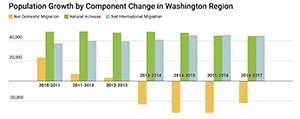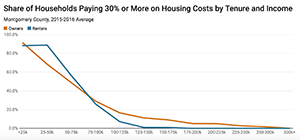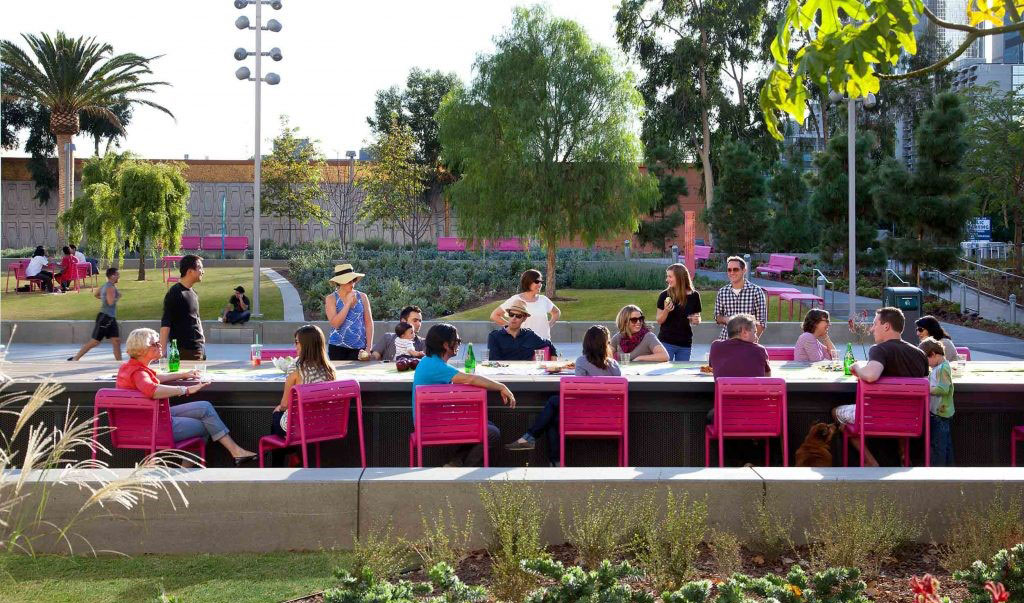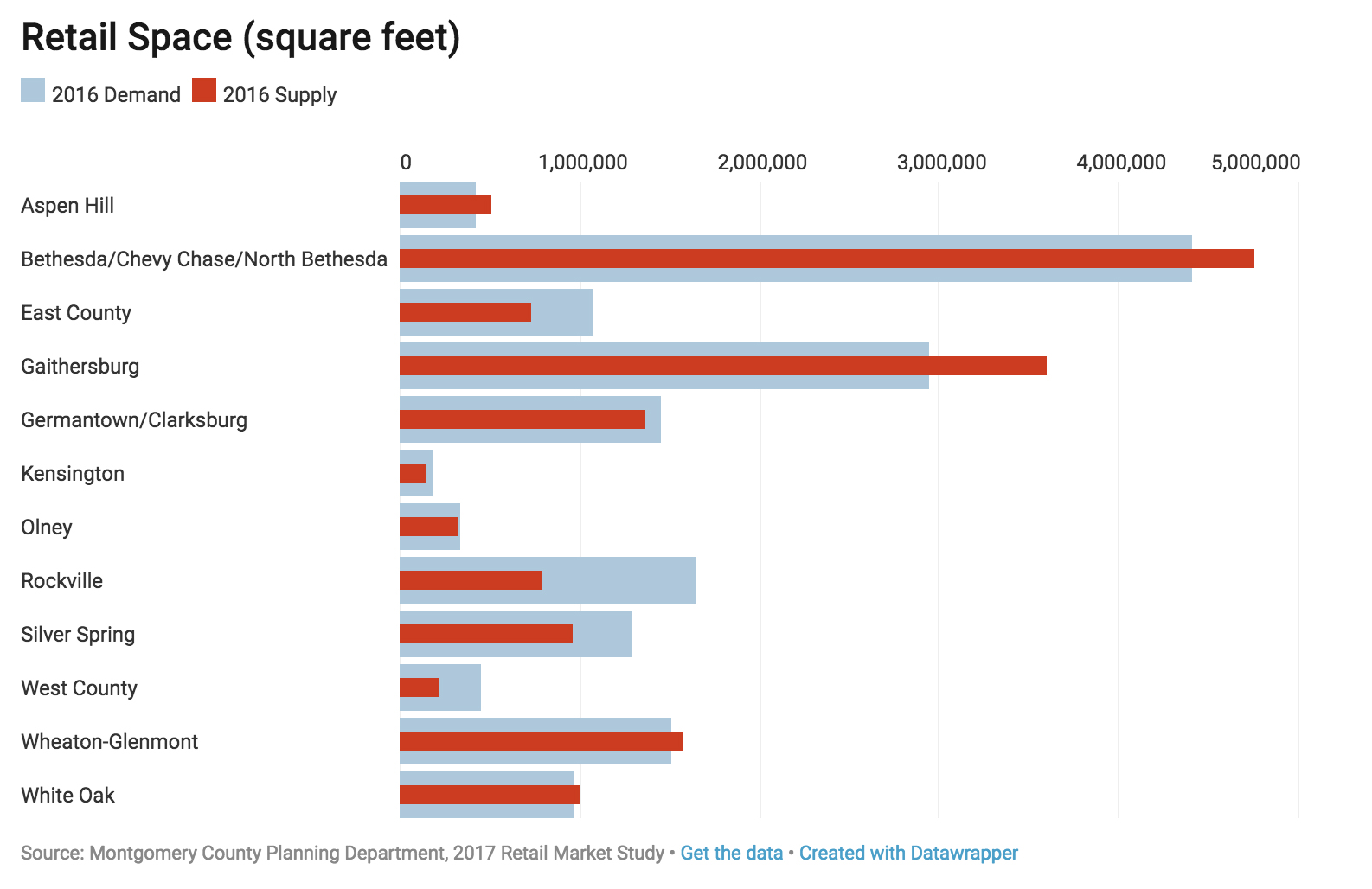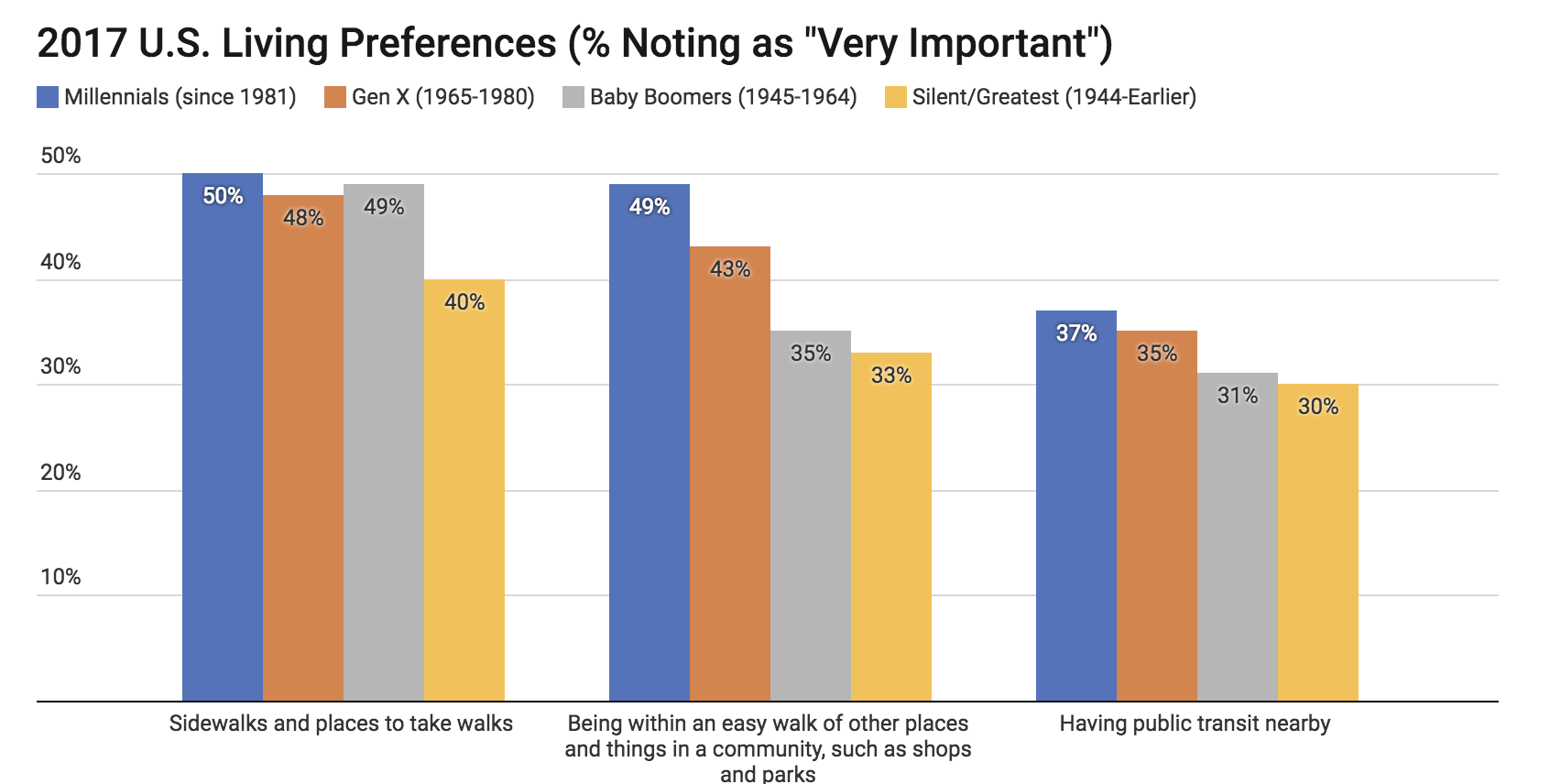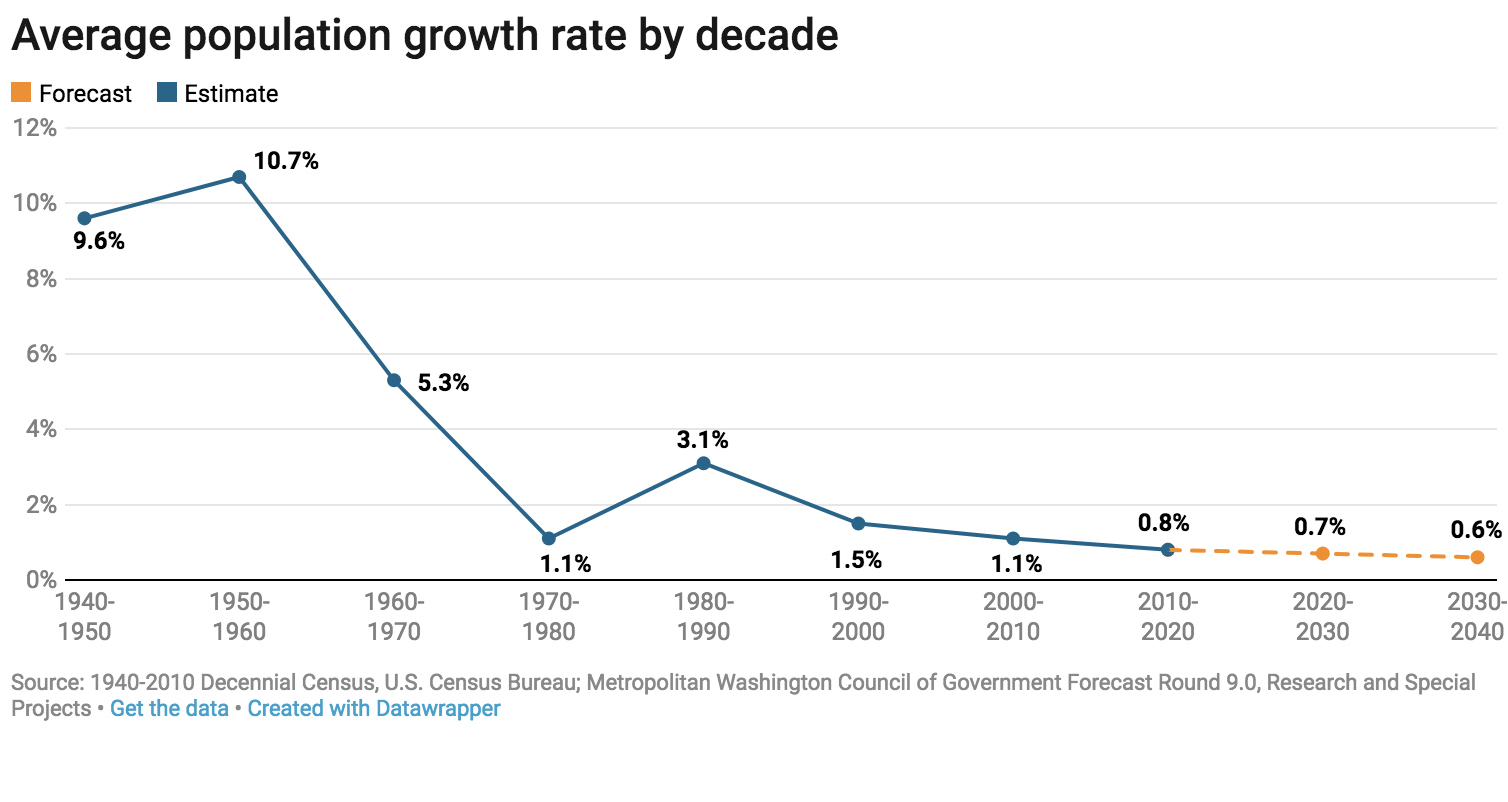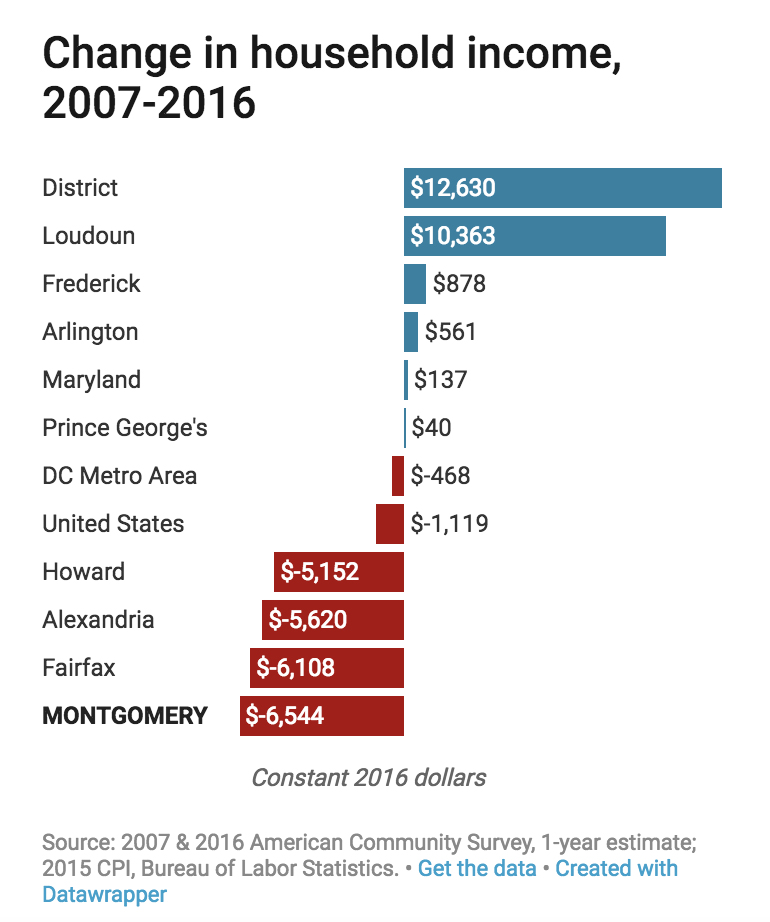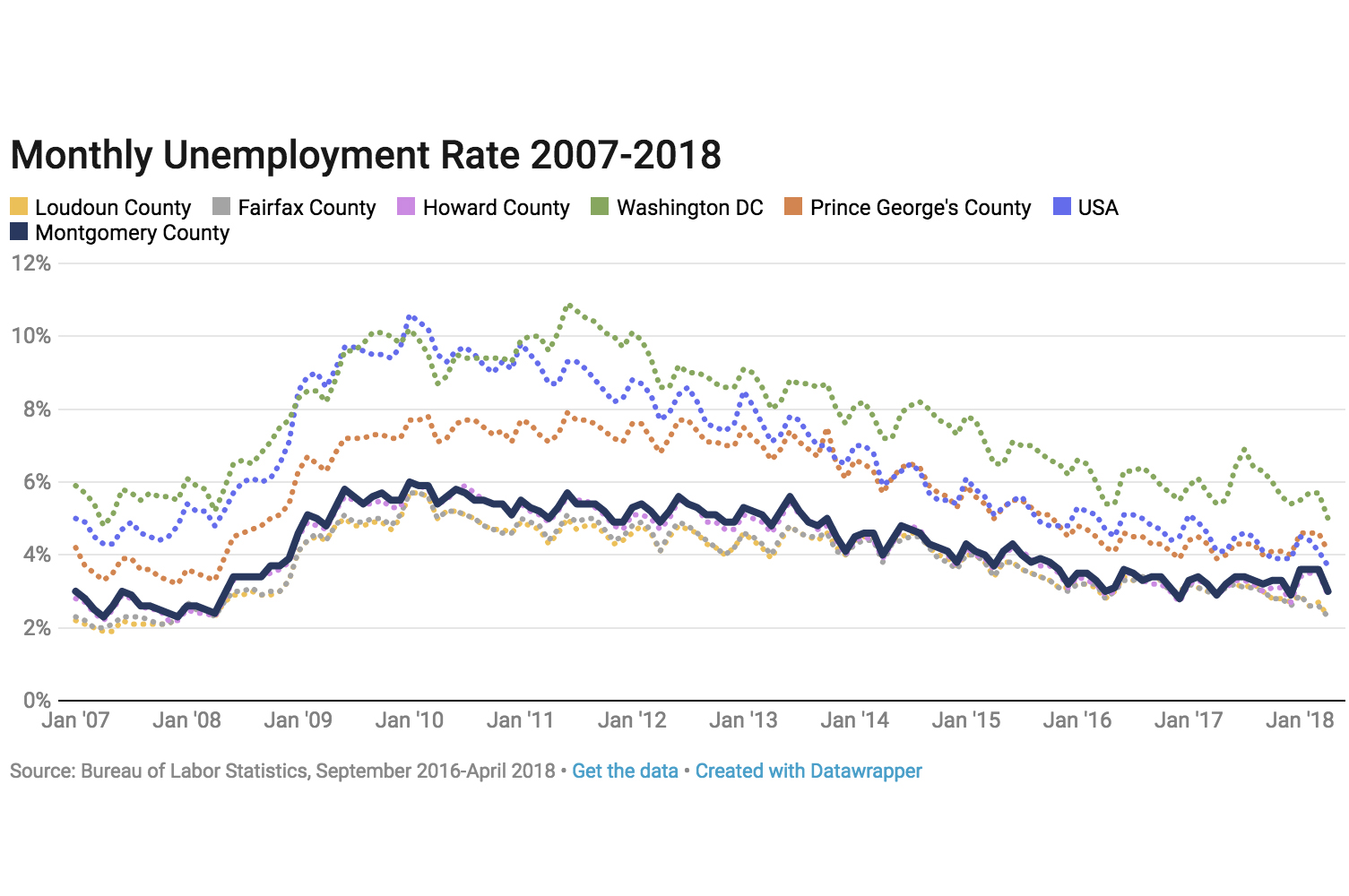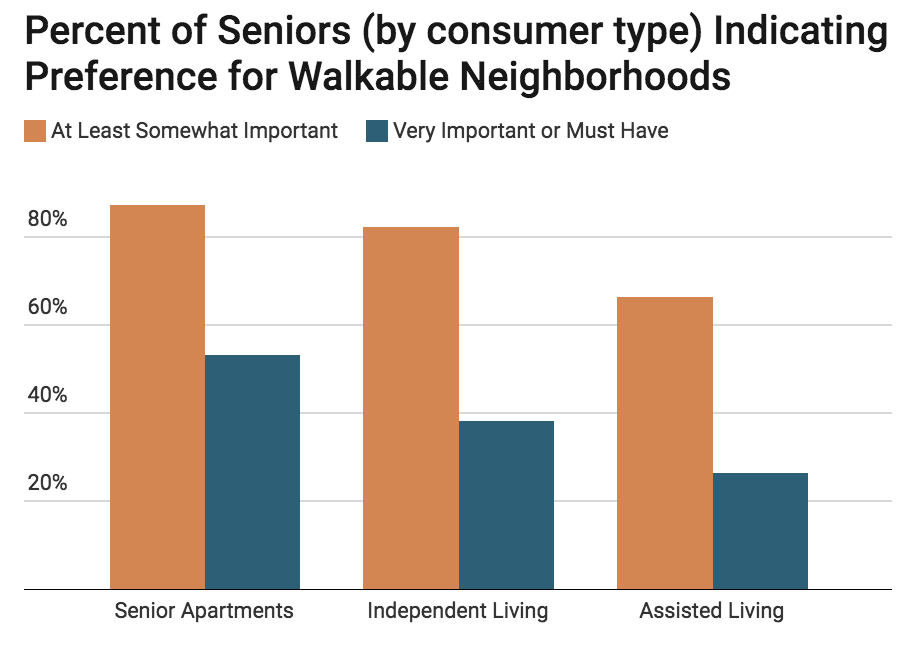
Investing in more transit and walkable, amenity-rich neighborhoods will attract more residents and employers to Montgomery County
Both businesses and residents in Montgomery County increasingly show a preference for walkable, compact neighborhoods with a mix of uses. This kind of development is commonly described as “urban” in form, but its underlying design principles can be applied at lower densities and at smaller scale in suburban settings.
In Montgomery County, we have been encouraging this kind of development near existing Metro stations and our future Purple Line light rail stations. But we’ve also scaled down and used the same concepts – walkability, diversity of uses and compact design – where redevelopment offers an opportunity to add badly-needed housing and new … Continue reading
